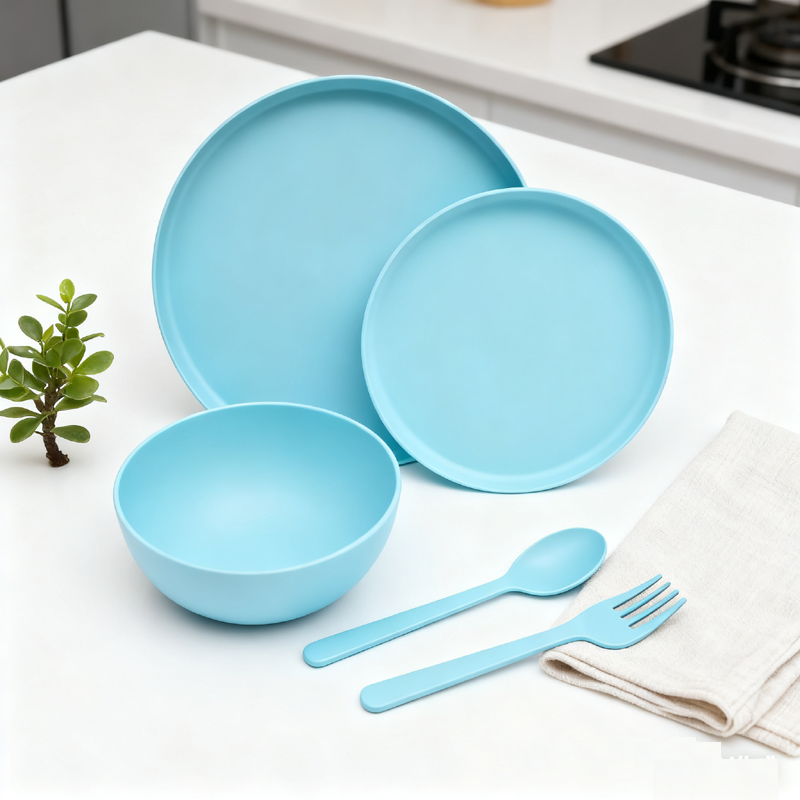
Learning
PLA (Polylactic Acid) is a biodegradable material derived from renewable plant resources such as corn and cassava. It offers excellent biodegradability, breaking down under specific natural conditions into carbon dioxide and water through microbial action, leaving no pollutants behind. As a truly eco-friendly material, PLA is recognized as being theoretically 100% biodegradable.
While pure PLA resembles conventional plastic in appearance, manufacturers often add about 10% pure bamboo fiber to enhance its natural look and texture. This addition gives the final product a subtle granular effect and a more organic feel.
PLA is food-safe, dishwasher-safe, BPA-free, and complies with international safety standards including LFGB, EU food regulations, and FDA. It is also microwave-safe, with a heat resistance of up to 100°C.
Production Considerations:
· PLA requires injection molding (which is more expensive than compression molding).
· It is not suitable for decal printing. Instead, silk screen printing or heat transfer printing must be used.
· The printable area is smaller compared to bamboo fiber-based products (as indicated in the red frame below).
· Printing plate costs are higher than those for decal printing.
